Archives
- 2025-10
- 2025-09
- 2025-03
- 2025-02
- 2025-01
- 2024-12
- 2024-11
- 2024-10
- 2024-09
- 2024-08
- 2024-07
- 2024-06
- 2024-05
- 2024-04
- 2024-03
- 2024-02
- 2024-01
- 2023-12
- 2023-11
- 2023-10
- 2023-09
- 2023-08
- 2023-07
- 2023-06
- 2023-05
- 2023-04
- 2023-03
- 2023-02
- 2023-01
- 2022-12
- 2022-11
- 2022-10
- 2022-09
- 2022-08
- 2022-07
- 2022-06
- 2022-05
- 2022-04
- 2022-03
- 2022-02
- 2022-01
- 2021-12
- 2021-11
- 2021-10
- 2021-09
- 2021-08
- 2021-07
- 2021-06
- 2021-05
- 2021-04
- 2021-03
- 2021-02
- 2021-01
- 2020-12
- 2020-11
- 2020-10
- 2020-09
- 2020-08
- 2020-07
- 2020-06
- 2020-05
- 2020-04
- 2020-03
- 2020-02
- 2020-01
- 2019-12
- 2019-11
- 2019-10
- 2019-09
- 2019-08
- 2019-07
- 2019-06
- 2019-05
- 2019-04
- 2018-07
-
br Materials and methods br
2022-08-11

Materials and methods Results Discussion GPR35 expression has been identified within discrete regions of the nervous system, including the spinal cord [[43], [44], [45], [46], [47], [48]]. Importantly, GPR35 is expressed not only in neurons but also in spinal glial cells [43]. Unfortunately
-
AFB Fapy dG has been long recognized as a substrate
2022-08-11
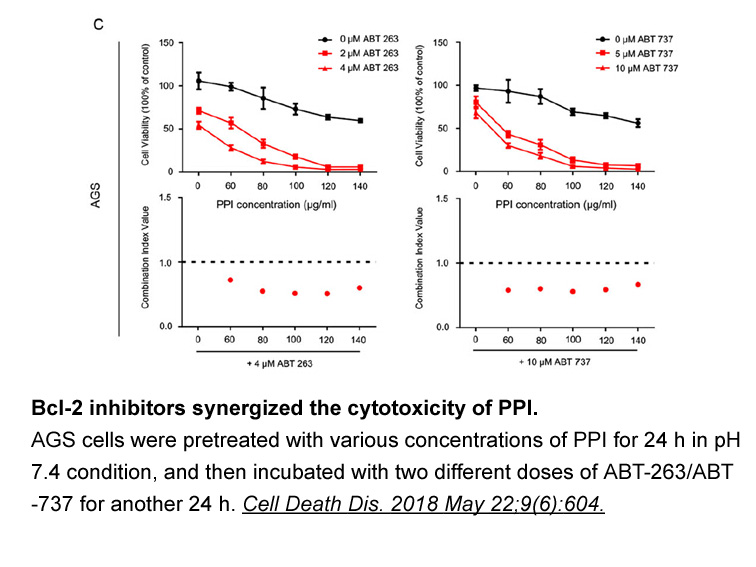
AFB1-Fapy-dG has been long recognized as a substrate for nucleotide excision repair [24,25]. However, we recently demonstrated that this lesion is removed by CGP 41251 mg excision repair. We showed that DNA glycosylase NEIL1, a member of the Fpg/Nei glycosylase family, could excise AFB1-Fapy-dG fro
-
In conclusion we have designed and characterized a novel ser
2022-08-10
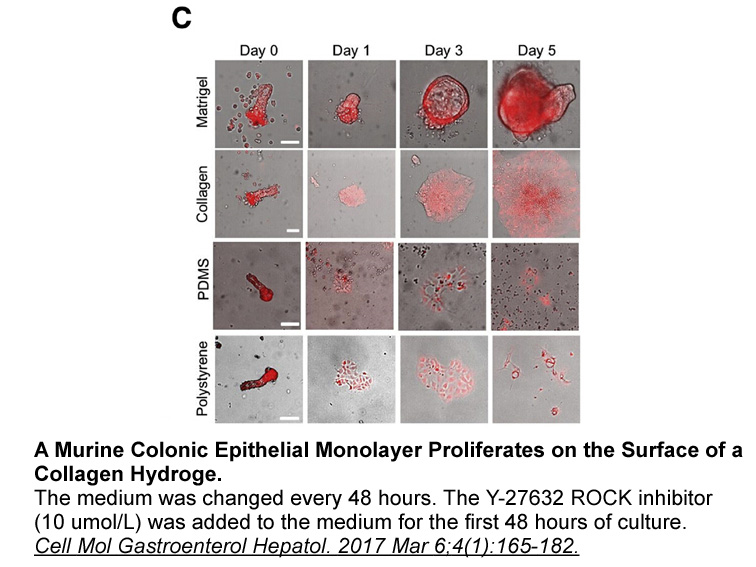
In conclusion, we have designed and characterized a novel series of EAAT-blockers, exemplified by (-[4-(2-bromo-4,5-difluorophenoxy)phenyl]--asparagine)—a potent, selective, competitive non-substrate inhibitor of EAAT-2. As one of the most potent and selective EAAT-2 inhibitors identified to date,
-
br Investigations br Genetics GLUT is
2022-08-10
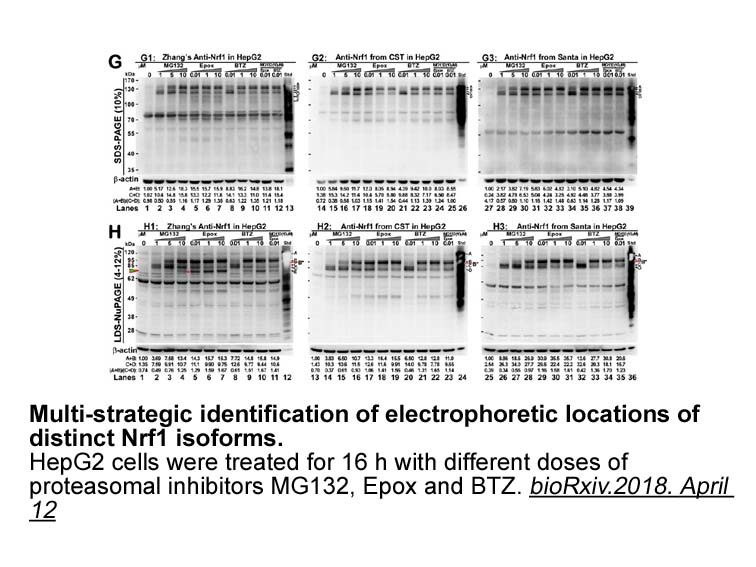
Investigations Genetics GLUT1 is a membrane-bound glycoprotein that provides base-rate glucose transport across blood-tissue barriers. It is constituitively expressed in erythrocytes, neurokinin receptor antagonist microvessels and astroglia. The gene exclusively associated with GLUT1 is SLC2
-
Nevertheless in the brain we found that trehalose
2022-08-10
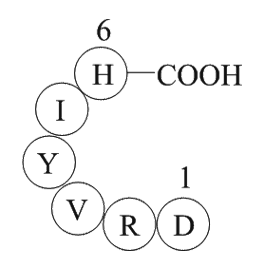
Nevertheless, in the brain, we found that trehalose phosphorylates AMPK, which is a metabolic sensor. AMPK is known to be transiently activated in muscle by acute exercise [21,22]. Bayod et al. also reported that AMPK was significantly activated in both the cerebral cortex and hippocampus in exercis
-
GCK MODY is the most common form of MODY diabetes
2022-08-10
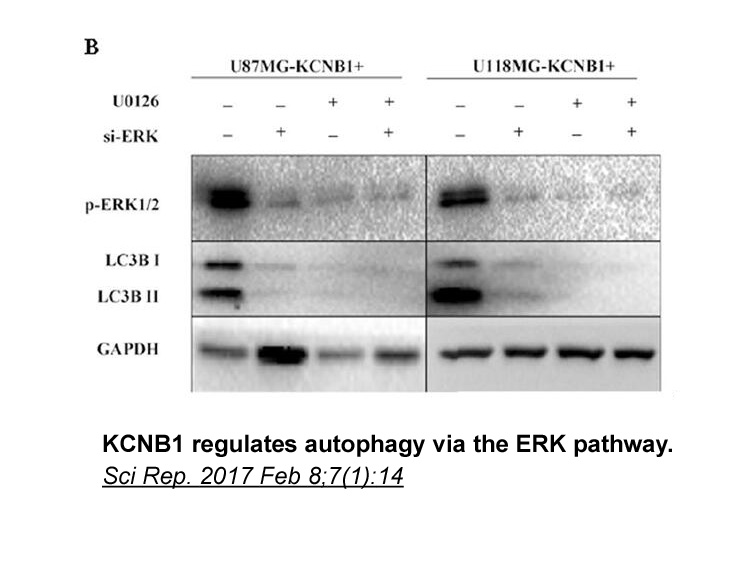
GCK-MODY is the most common form of MODY diabetes in many populations (Chevre et al., 1998; Massa et al., 2001; Barrio et al., 2002; Estalella et al., 2007; Pruhova et al., 2010; Capuano et al., 2012; Giuffrida et al., 2017). However, data about GCK-MODY among North African populations are very rare
-
N-Nonyldeoxynojirimycin Deregulation of HH signaling pathway
2022-08-10
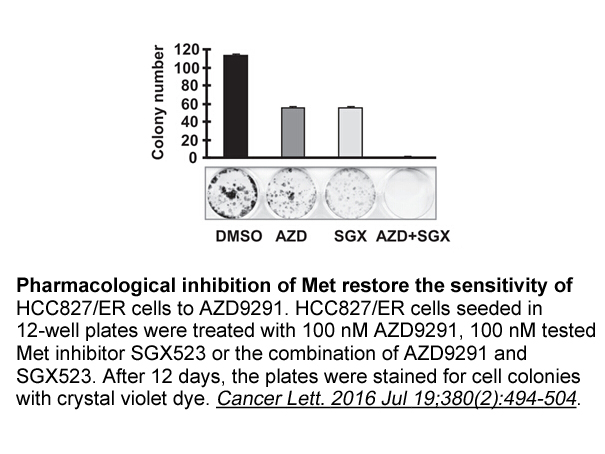
Deregulation of HH signaling pathway in epidermal keratinocytes is a primary event leading to the formation of BCC (see above). Overexpression of SHH in HaCaT keratinocytes grown in organotypic cultures induces a basal cell phenotype and increases invasiveness. This behavior is linked to increased E
-
It is possible that regulation of
2022-08-10
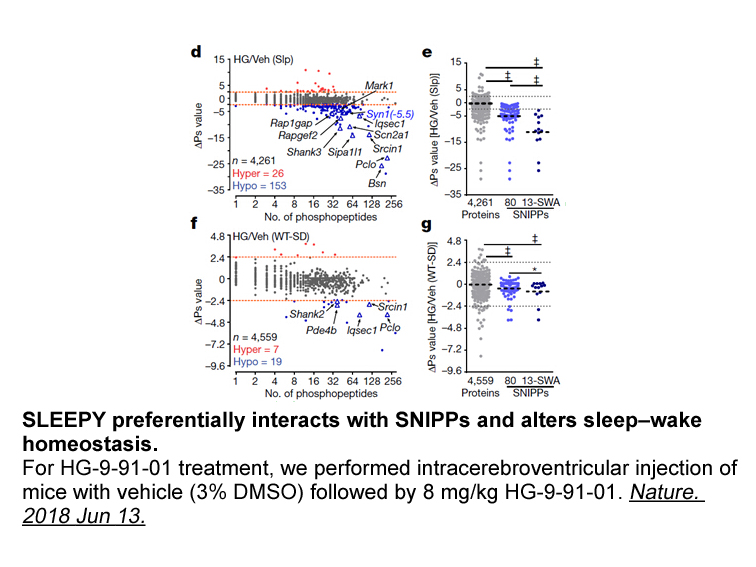
It is possible that regulation of adiposity and glucose homeostasis by GIP are in part mediated by altering leptin levels and/or leptin signaling. However, we are unaware of reports that support this mechanism of action of GIP. In addition, leptin levels in GIP receptor knockout mice [12], [52] and
-
Three main transport systems are
2022-08-10
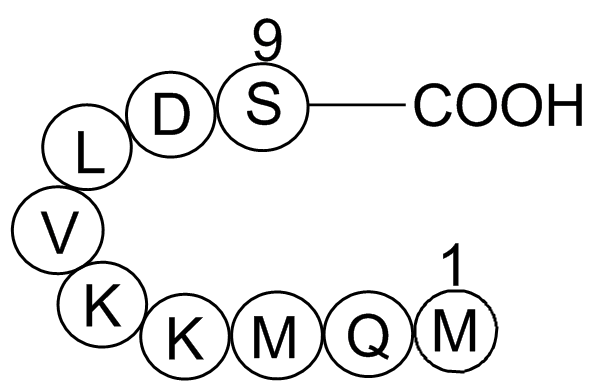
Three main transport systems are involved in solute loss and red cell dehydration (summarised in Fig. 1: Lew and Bookchin, 2005): the deoxygenation-induced cation conductance (sometimes termed Psickle), the Ca-activated K+ channel (or Gardos channel) and the KCl cotransporter (KCC). Psickle is activ
-
Acknowledgements br Introduction Alzheimer s
2022-08-10
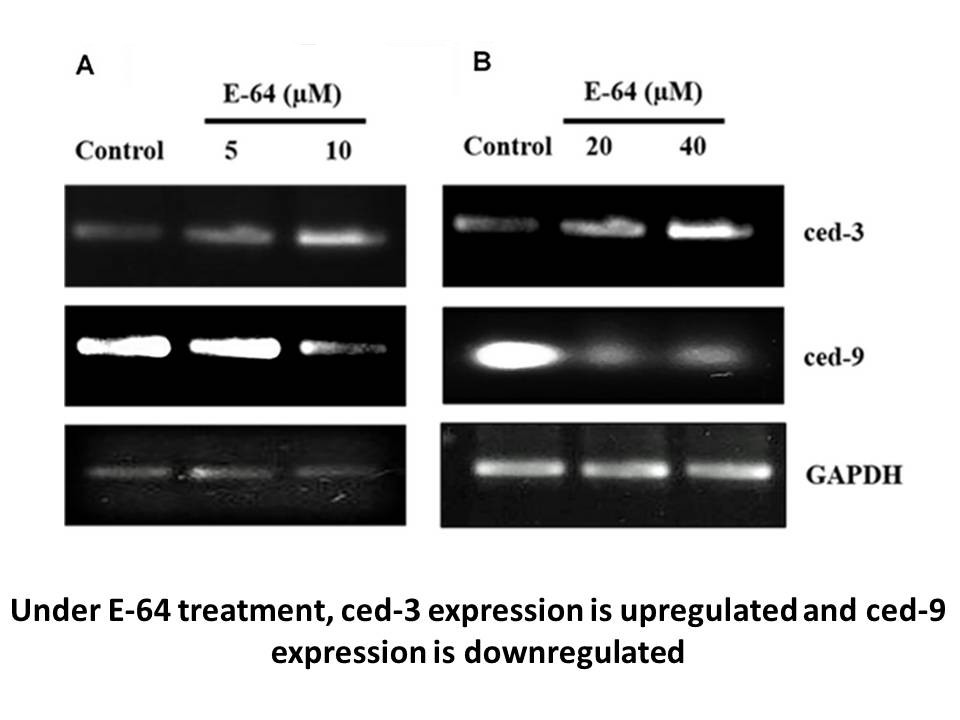
Acknowledgements Introduction Alzheimer's disease (AD) is a devastating neurodegenerative disorder and the leading cause of dementia. There is currently no treatment available to slow or halt disease progression. The underlying mechanisms of AD on the cell and molecular levels are still not comp
-
Plasmid construction and site directed mutagenesis of
2022-08-10
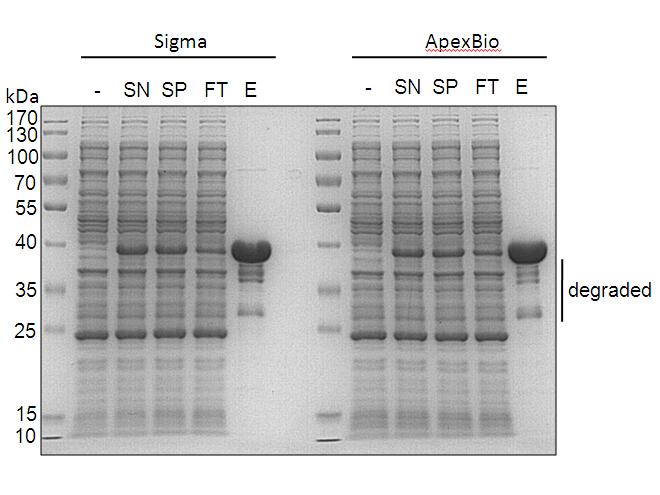
Plasmid construction and site-directed mutagenesis of M. luteus B-P 26 UPS. For the expression of N-terminus His6-tagged M. luteus B-P 26 UPS, the expression plasmid pMluUEX [7] was cleaved with the restriction enzymes NdeI/BamHI. The gene fragment was inserted into an NdeI/BamHI-treated pET-15b to
-
br STAR Methods br Acknowledgments Funding for this
2022-08-09
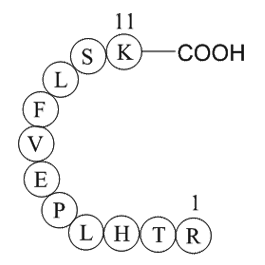
STAR★Methods Acknowledgments Funding for this work was provided by grants from the US National Institute of Allergy and Infectious Diseases (NIAID) (R01-AI095068 and UM1-AI068613 to S.H.E. and U24-AI118633 to H.B.L.) and grant OPP1155863 from the Bill and Melinda Gates Foundation to S.J.E. Add
-
The stable association of Hat complexes with histones H
2022-08-09

The stable association of Hat1 complexes with histones H3 and H4 raises a number of interesting issues. The first is the question of how Hat1 remains stably associated with histones H3 and H4. While the simple answer is that Hat1 remains bound to histones because of its association with histone chap
-
To efficiently develop bioactive ligands even
2022-08-09
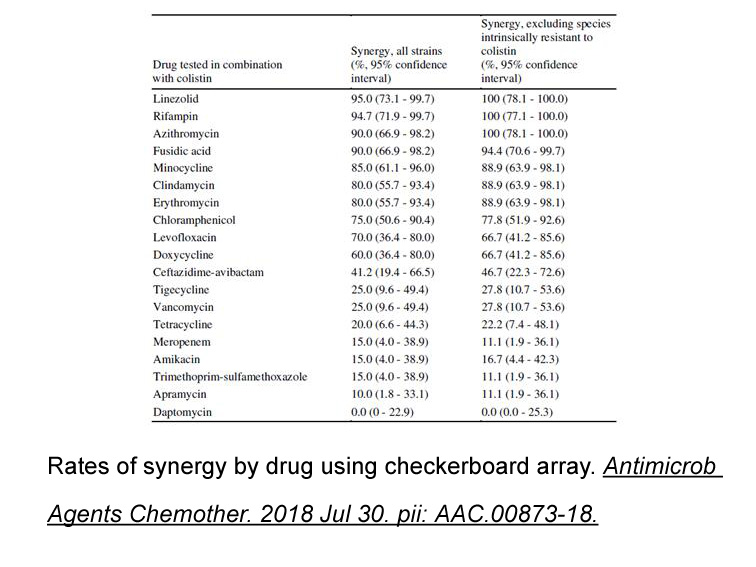
To efficiently develop bioactive ligands even if the structural information of the target protein is unknown, we have presented a three-dimensional structural diversity-oriented strategy based on structural properties of a chiral cyclopropane. Our strategy has allowed us to design and synthesize a s
-
Bialaphos sodium salt VDAC interacts with hexokinase and
2022-08-09
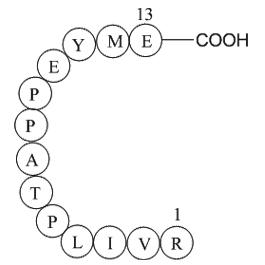
VDAC interacts with hexokinase and is implicated in NLRP3 activation in response to noxious stimuli including monosodium urate, silica, and alum (Zhou et al., 2011). Hexokinase dissociation may allow VDAC to carry out this role. It will be informative to block or silence VDAC to explore its function
16015 records 405/1068 page Previous Next First page 上5页 401402403404405 下5页 Last page